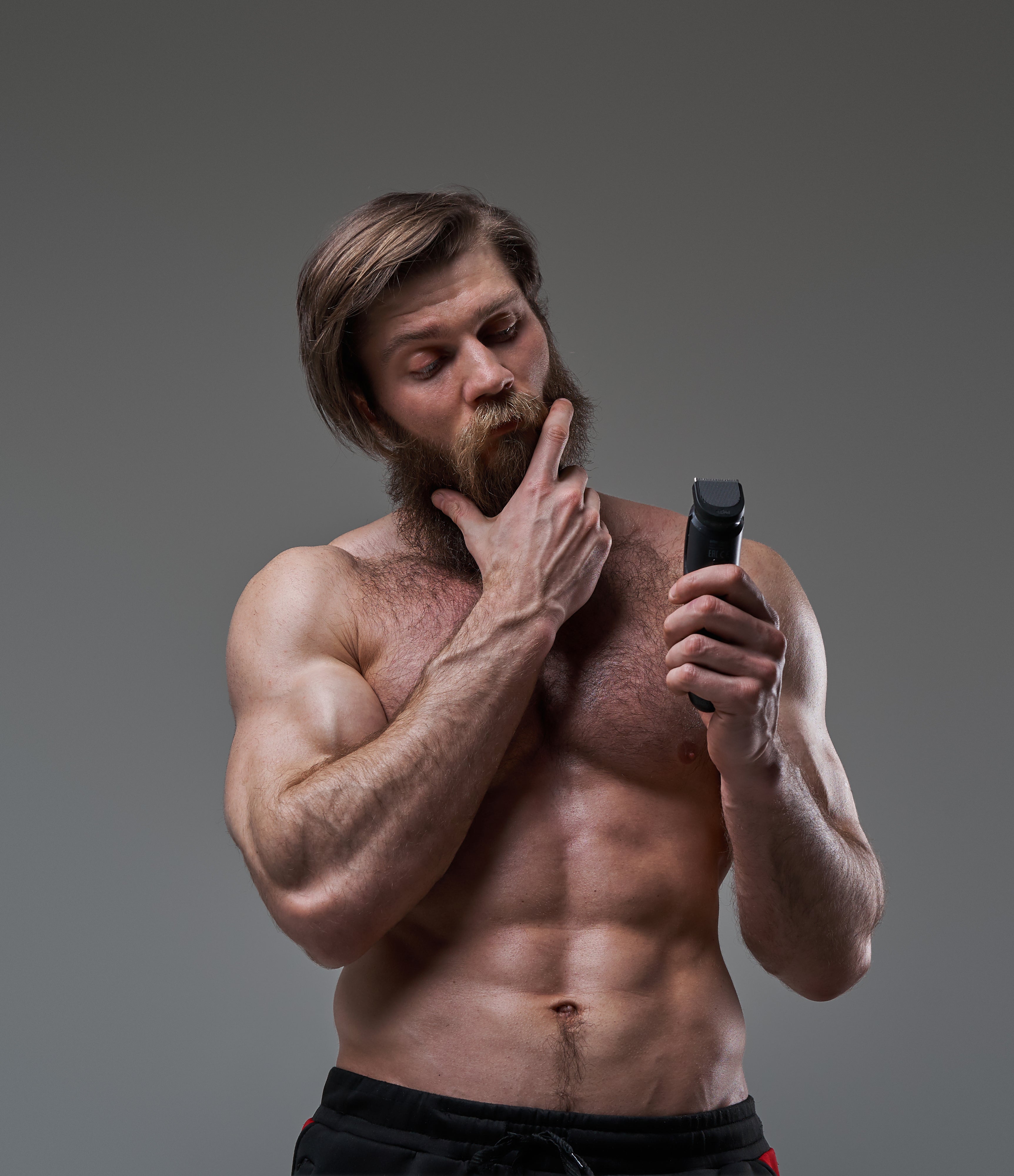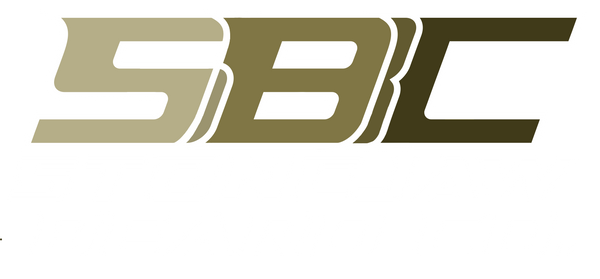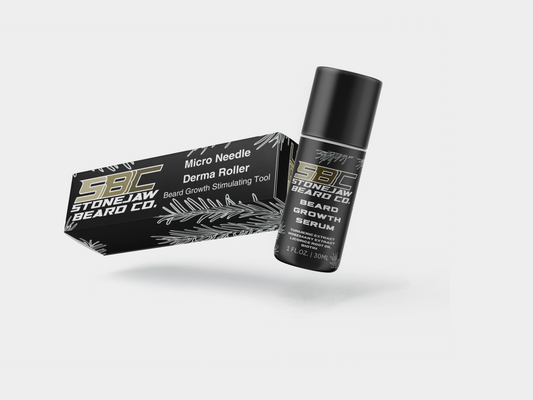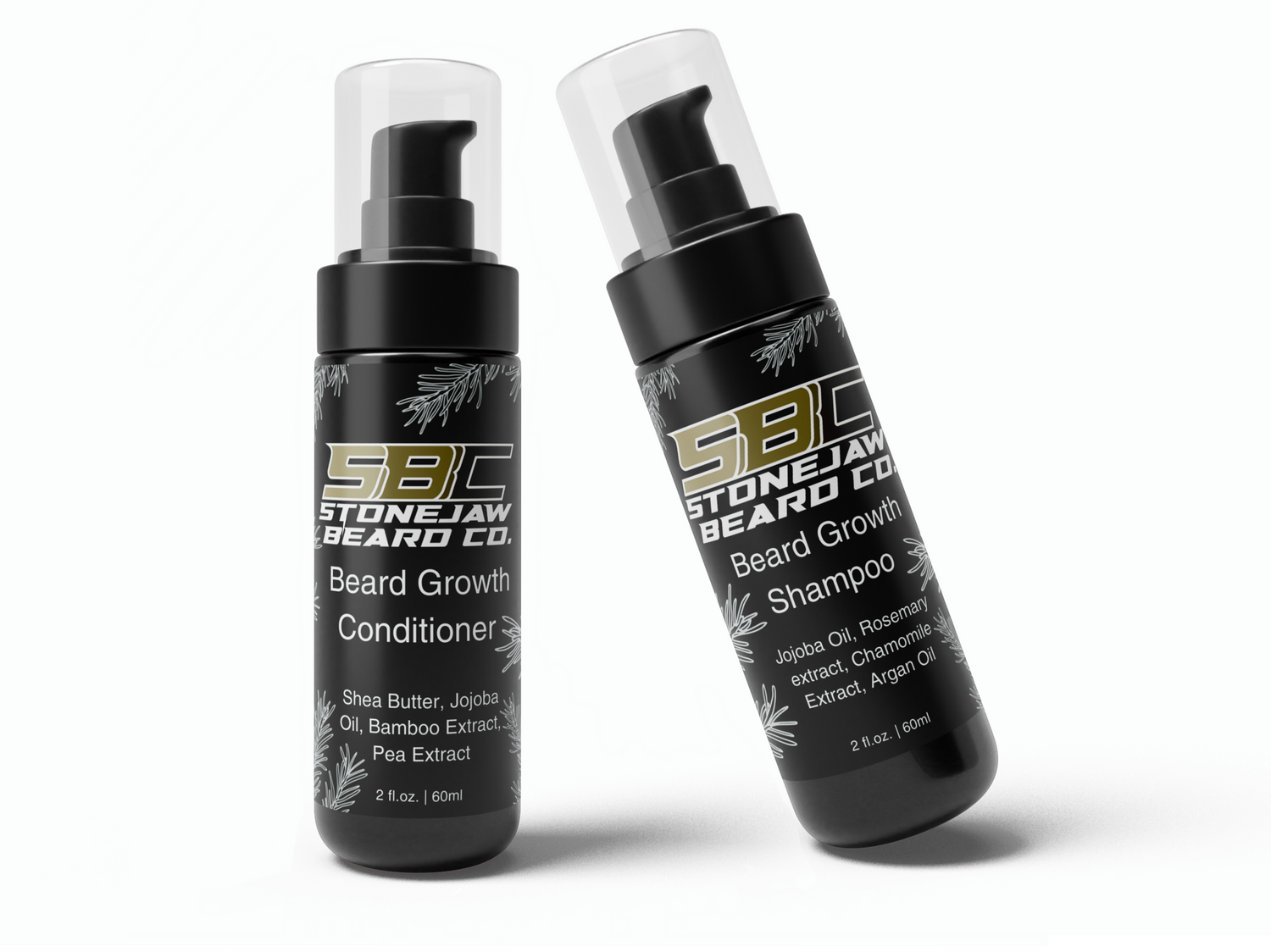How to Increase Testosterone for Beard Growth

How to Increase Testosterone For Beard Growth
Testosterone + DHT + Natural Elements
The enigma of beard growth has captivated men for generations. A well-maintained beard not only enhances one's appearance but also symbolizes masculinity and maturity. While genetics certainly plays a leading role in defining your beard's potential, the intricate interplay of hormones, specifically dihydrotestosterone (DHT) and testosterone, alongside the nurturing power of natural elements, such as rosemary, argan oil, biotin, jojoba, and derma rolling, further elevates the art and science of facial hair growth.
In this comprehensive exploration, we will uncover the profound role these elements play in facilitating the development of a robust and healthy beard.
Testosterone: The Foundation
Testosterone, often hailed as the "male hormone," is indeed a cornerstone of masculinity. Primarily produced in the testes with supplementary contributions from the adrenal glands, testosterone is responsible for an array of male-specific traits. It catalyzes the deepening of the voice, amplifies muscle mass, and most importantly, drives the development of facial and body hair.
During the transformative period of puberty, surging testosterone levels act as the catalyst for the emergence of secondary sexual characteristics in males. It is testosterone that awakens the dormant hair follicles in the beard area, initiating the growth of thicker, coarser, and more pronounced facial hair.
However, it is essential to underscore that while testosterone provides the foundation for beard growth, it does not work in isolation; DHT, a close sibling of testosterone, takes center stage in this process.
DHT: The Architect of Beard Growth
Dihydrotestosterone, or DHT, emerges as a formidable force in its own right. This hormone is formed when the enzyme 5-alpha-reductase converts testosterone into DHT within various tissues, including the hair follicles. DHT stands out as a linchpin in the development of male-specific traits, particularly the growth of facial and body hair.
In the realm of beard growth, DHT reigns supreme. It binds to receptors nestled within the hair follicles of the beard area, where it acts as a potent stimulus, propelling the growth of terminal hair—the thick, dark, and mature hair type that distinguishes facial hair.
As the levels of DHT surge during puberty, the once dormant hair follicles on the face awaken, initiating the initial growth phase of the beard.
Natural Elements: The Nurturers of Beard Growth
While hormones form the bedrock of beard growth, natural elements work harmoniously to fortify and nourish the process. These elements, harnessed from nature's bounty, include:
- Rosemary: Rosemary oil is celebrated for its stimulating properties. When applied to the beard area, it boosts blood circulation to the hair follicles, supporting nutrient delivery and encouraging hair growth.
- Argan Oil: Renowned for its hydrating and conditioning qualities, Argan oil penetrates the beard, keeping it soft, manageable, and vibrant. It also aids in preventing breakage and facilitating healthy growth.
- Biotin: A key player in the B-vitamin family, biotin is known to strengthen hair follicles and promote hair growth. It is often included in beard growth supplements and topicals.
- Jojoba Oil: Jojoba oil closely resembles the natural oils produced by the skin. When applied to the beard, it moisturizes the hair and underlying skin, reducing dryness and preventing itchiness—common beard growth obstacles.
- Derma Rolling: The practice of derma rolling, often accompanied by the application of beard serum, enriched with natural elements, stimulates blood flow and aids nutrient absorption in hair follicles. It can significantly enhance the effectiveness of your beard growth regimen.
Shop Natural Element: Take Action Now
Genetics: The Blueprint of Beard Potential
It is paramount to recognize that while DHT, testosterone, and natural elements play pivotal roles in the beard growth journey, genetics remains the ultimate arbiter of your beard's thickness, coverage, and pattern. Your genetic inheritance dictates the number and density of hair follicles in your beard area, resulting in unique facial hair characteristics. Some individuals inherit the genetic gift of a full, robust beard, while others may have limited coverage due to their genetic makeup.
The Beard Growth Journey
Understanding the synergy between DHT, testosterone, and natural elements helps demystify the process of beard growth. Beard growth, akin to a fine-tuned symphony, progresses through stages, including:
- Vellus Hair Stage: During childhood and early adolescence, vellus hairs—fine, light-colored hairs—cover the beard area.
- Terminal Hair Stage: The surge in testosterone and DHT during puberty initiates the transition of vellus hairs into terminal hairs, characterized by their thickness and coarseness.
- Growth and Thickening: Terminal hairs continue to grow and thicken over time. The beard may start as a thin, patchy growth but gradually becomes denser and more defined.
- Mature Beard: With age, the beard typically matures, achieving its full potential in terms of coverage, density, and pattern, guided by genetics and hormonal levels.
Hormonal Variations and Beard Growth
It's vital to acknowledge that beard growth is not a static process. Hormonal fluctuations stemming from factors such as stress, aging, and certain medical conditions can influence the rate and thickness of facial hair. Maintaining a balanced hormonal environment is key to optimizing your beard's potential.
Beard Care and Maintenance
While genetics and hormones lay the foundation, diligent care and maintenance are crucial for nurturing a healthy beard. Regular grooming, the use of quality beard products infused with natural elements, and a lifestyle characterized by wellness practices can contribute to a flourishing and well-groomed beard.
Conclusion
In the pursuit of a magnificent and flourishing beard, an understanding of the dynamic relationship between DHT, testosterone, and natural elements is essential. These elements, both within and beyond our bodies, collaborate to awaken dormant hair follicles and facilitate the development of a robust and healthy beard.
As we embrace our unique beard journeys, nurturing them with care and confidence, we celebrate the art and science of facial hair growth—a testament to our masculinity and individuality. Take advantage of your ability to enhance your beard by investing in StoneJaw Beard Co. products. Checkout the natural elements part of the beard growth process by taking a look at our key ingredients backed by case studies.
SBC’s Premium Products:



